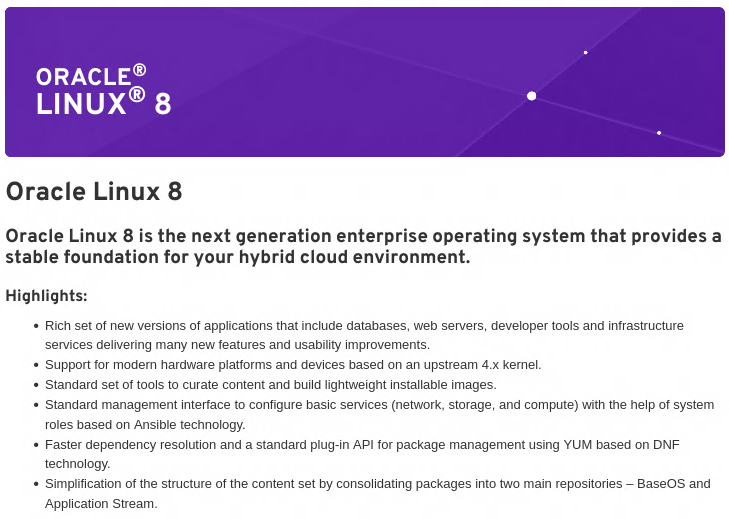This consumed far too much of my time.
I had to update my server systems, both “on-premises” (meaning my home office) and “in the cloud” (my small cloud VM hosted by Amazon). They’ve been running CentOS 7 since 2016, and CentOS 7 reached its end-of-life. Back then, I of course anticipated that by this time, I’d have long ago upgraded my systems to CentOS 8. But that was before Red Hat decided to play hardball with all of us, turning CentOS from a robust open version of Red Hat Enterprise Linux into a bleeding edge, more or less experimental/test version.
So I had to switch. And it wasn’t easy.

I eventually opted for Oracle Linux (itself an RHEL derivative), after seriously considering both AlmaLinux and Rocky Linux. It seemed like the best compromise. I wanted an RHEL-compatible distribution to minimize the pain of the upgrade, and I wanted to pick the distribution that was the most likely to have robust long term support. Considering how Red Hat continues to play hardball with others, Oracle seemed the safest choice: They have the requisite in-house resources to “go it alone” if needed, and their cloud infrastructure alone appears to guarantee a long-term commitment. We shall see if I chose wisely.
And yes, it’s OL8 for now, though this time around, I plan an upgrade long before this product line reaches EOL. But first, stability.
I think everything works on my servers, and things are settling down nicely. But some other machines that I am responsible for still need some gentle care and feeding. It was an educational experience. I dare not share my detailed notes here as they contain information that probably should not be publicly disclosed about details of my configuration, but I have dozens of pages of notes detailing the quirks that I encountered.
All is well that ends well. But why do I have the feeling that this forced upgrade represents many days of my life that were lost for no good reason, days that I’ll never get back? Oh well.